How to take a pillion on your motorcycle
By Adam Child
For some the very idea of taking a pillion sounds horrendous, like carrying a bag of potatoes on the back, it upsets the handling; bikes are made for one. However, the other side of the argument is that motorcycling can be fun to share!
Personally, I enjoy taking a pillion, whether it’s a gentle ride out with my wife on the back, or charitable pillion laps on a race track at race pace – I enjoy them both equally.
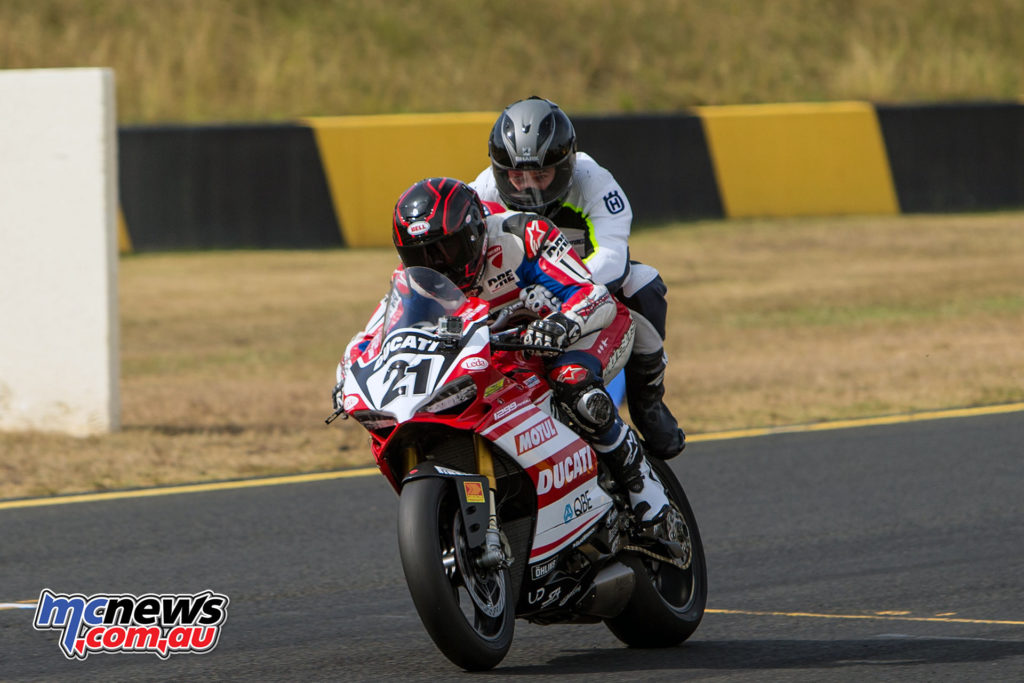
Obviously, some bikes are more suitable than others, and the same can be said for pillions. However, over 20-years of professional testing, I’ve picked up a few tips which I’m sharing with you. If you’ve never taken a pillion before don’t worry, it’s not as daunting as it may appear – that is unless you are planning to take an England rugby player for a spin.
Have a chat
Have a little chat with your pillion. Is it their first time? Have they been on a bike before? And without being rude, calculate their size.
If you’re 5’2″ and about to give your basketball playing husband a lift home, is that wise? Also is the pillion sober? If your pillion is affecting your riding, you can be charged with a criminal offence.
Is the bike suitable for a pillion?
Do you have a pillion seat and pegs? Do you have a grab rail? Can you adjust the rear shocks pre-load to compensate for the extra weight of your pillion? Adding pre-load to the rear helps with stability and improves the steering. Most bikes will have pre-load adjustment.
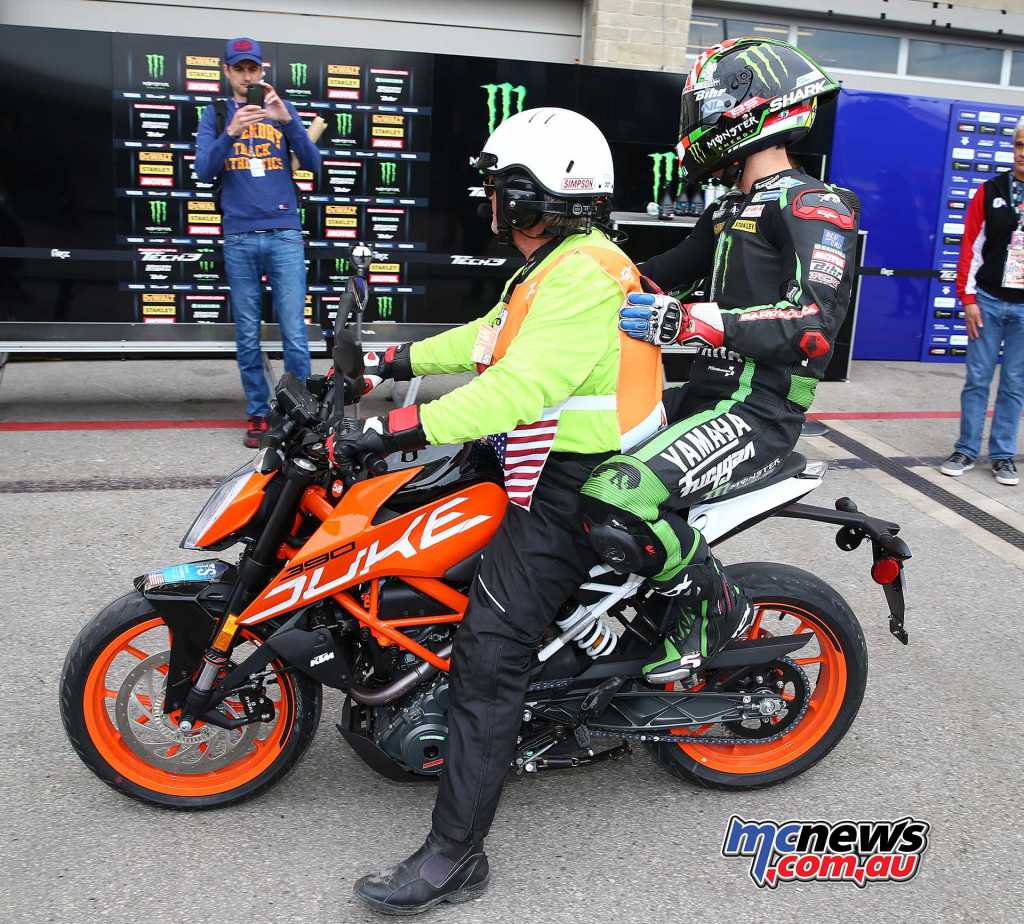
If you’re lucky you’ll have semi-active suspension which will automatically adjust the suspension to compensate for the extra weight with a touch of a button. Don’t worry too much about the front suspension if only doing two-up duties as a once-off.
Hoever, if you’re planning on riding the majority of the time two up, touring Europe for a few weeks for example, you can see a specialist, who can set up your bike specifically for two-up riding.
You need to be able to communicate
It’s a good idea to build up some simple hand signals, as at speed it’s hard to communicate without an intercom. My wife and I have a simple system. One tap from me on her left knee means hold on, fast overtake coming along. Tap on the right knee, back to normal speed and you can relax.
If she is navigating, and knows the area a tap on the left for left and vice versa. A strong tap on my back indicates for a speed camera or to slow down. Pointing at the fuel cap means we are stopping for fuel shortly and a tap of the chin bar, means hungry or rest. Agree on some basic signals before riding.
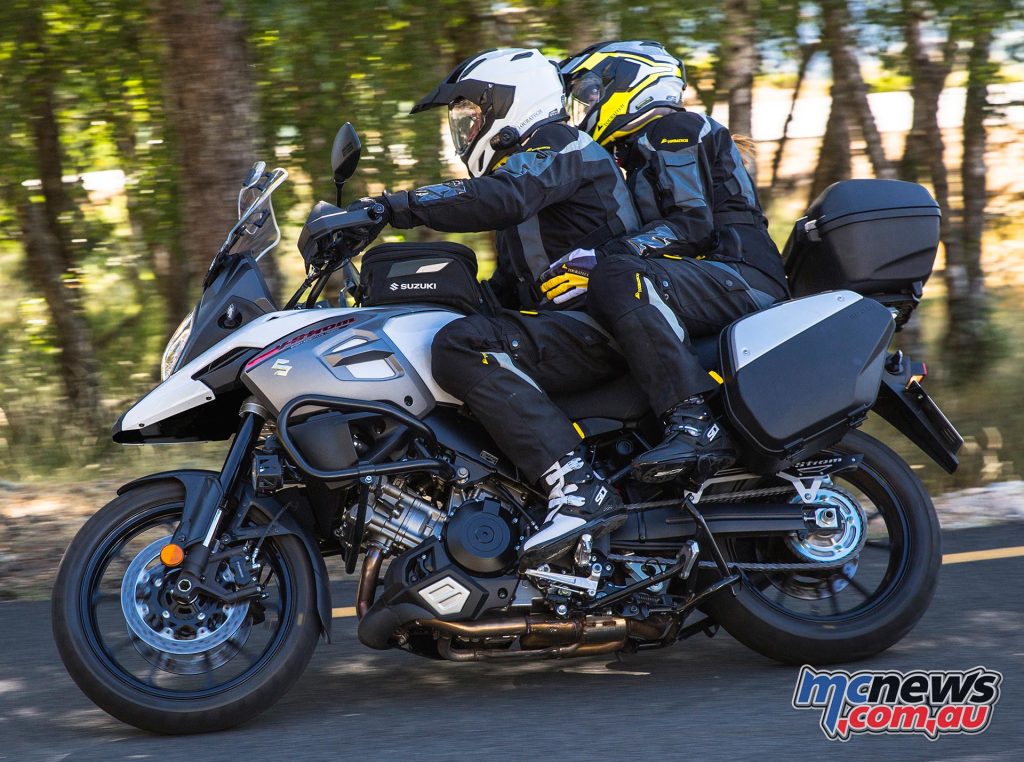
The safe and correct way to mount up
I’m only 5’6″ so I’ve always struggled with pillions getting on and off, especially if they are taller and heavier than me. However, when I worked as a Limo bike rider around London, they taught me a secret.
You get on first, then put the side stand down, place your foot behind it so it can’t flick up and always insist your pillion gets on from the side-stand side. All their weight is then taken by the side stand and not your inner leg – simple.
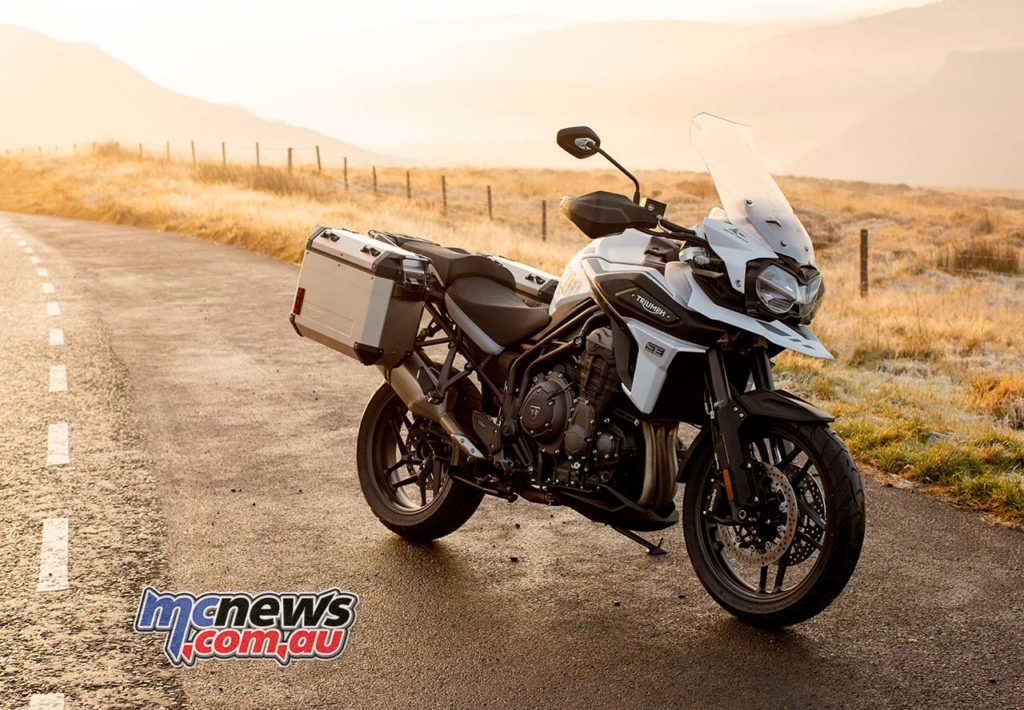
Once they are comfortable, lift the bike up from the side stand. Repeat the same process when stopping. Get the side-stand down, foot behind and ask your pillion to climb off on the side-stand side. Try it – it’s ever so simple.
The first few feet
For many this is the hard part. If you’re new to taking a pillion make sure it’s as simple as possible, you have a clear straight run on smooth ground, you don’t want to attempt a U-turn in a gravelly pub car-park.
Getting going is similar to a hill start, use a little more power balance on the back brake and feed the clutch in. Once you’re above 5 mph, you’ll hardly notice your pillion.
Don’t go too fast
You have more weight on the back, less on the front. On hard acceleration the front will feel light and might even wheelie in extreme situations in the lower gears. Short-shift, change gear early and keep the change as smooth as possible.
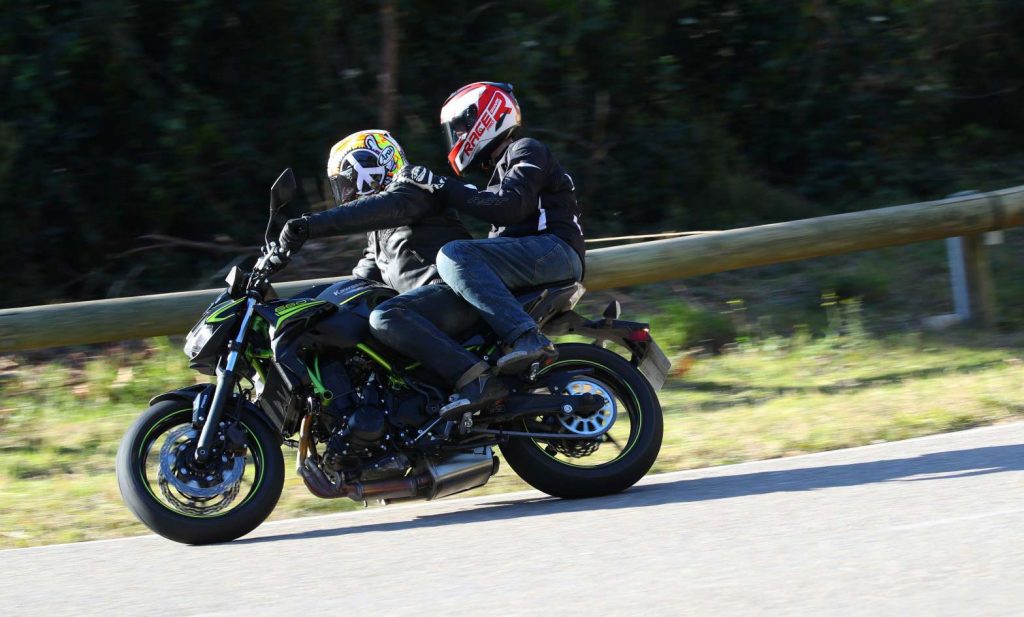
Stopping
The opposite of the above. More weight on the front, less on the rear. The brakes won’t feel as strong as you’ve significantly increased the weight, and again in extreme situations the forks may dive excessively or the rear may even rise.
Remember your braking distances will have increased. Try to be smooth, use a little more back brake and engine braking than normal to give the front stoppers an easier time.
Cornering
Your pillion doesn’t need to hang off the inside with their knee down, but equally they need to flow with the rider and bike. If you’re pillion is new to bikes, ease them into it.

Remember you’re asking more from the tyres. When going into the corner try not to trail-brake as much as you would solo. Mid-corner ground clearance will be less as the suspension has sagged with the extra weight, pegs may scrape or even the exhaust or centre stand.
On the exit remember the front is now light and the rear tyre is taking all the extra strain, smoothness is key.
Touring
If you’re clocking up some serious mileage and you’re getting tired so is your pillion. I’ve had pillions fall asleep on many occasions. Make sure they are ok, check the mirrors to make sure they’re awake.
Bike checks & maintenance
If you’re riding two up with luggage for the majority of the time, consumables won’t last as long. Your fuel range will be less, tyres and pads will also wear out quicker, especially if riding aggressively two-up. So keep this in mind when it comes to checking wear and consumables and thinking about servicing.
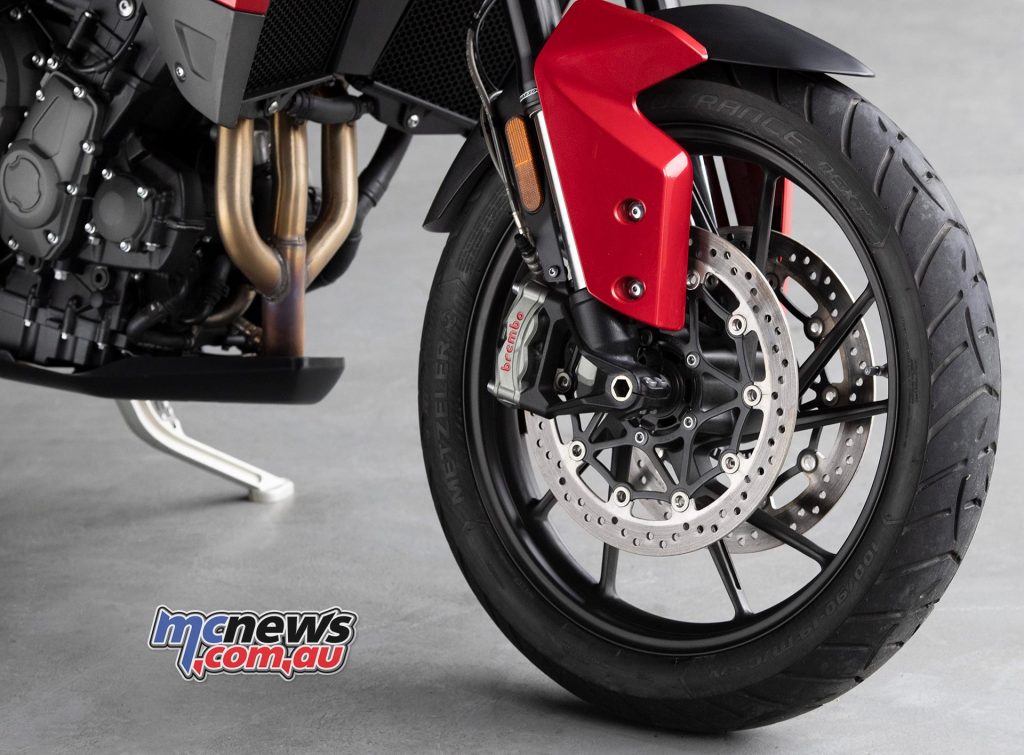
‘Ball in a bowl’
The key to riding with a pillion is riding smoothly. Here is a little tip. Imagine you have a bowl on your petrol cap. Inside the bowl is a ping-pong ball. Now ride without the ball leaving the bowl – get the idea?






















